The Japanese Seabirds Who Fish for the Emperor
With only nine master fishermen left, a centuries-old tradition is at risk.
In 1573, Samurai warlord Oda Nobunaga overthrew the Ashikaga shogunate and ended its 200-year reign before launching a series of wars that would ultimately unify Japan. Less discussed, however, is his deep love of fish. He was particularly smitten by ayu, a freshwater trout pulled from the Nagara River in modern-day Gifu City, though not by any ordinary fishermen.
In the ancient practice of ukai, there are no rods, no bait, and no nets. Instead, fishermen employ sea-faring birds called cormorants to catch ayu for them as the fish migrate downstream each summer. Bound to the boats, the trained birds dive for sleepy ayu in the dead of night, illuminated by a small fire hanging from the front of the fishermen’s wooden boat. Because the birds’ razor-sharp beaks kill the fish instantly, they’re said to taste fresher than ayu caught by other means.
Nobunaga gave the hundreds of fishermen who utilized this technique throughout Japan the official title of usho and subsidized their industry in exchange for scheduled deliveries of cormorant-caught ayu. Some 500 years later, not only does the contract between emperor and fisherman still stand, but it has cemented a unique lifestyle of cohabitation between man and bird. And while cormorant fishing is now performed primarily as a tourist attraction, adherence to the imperial fee is taken no less lightly.
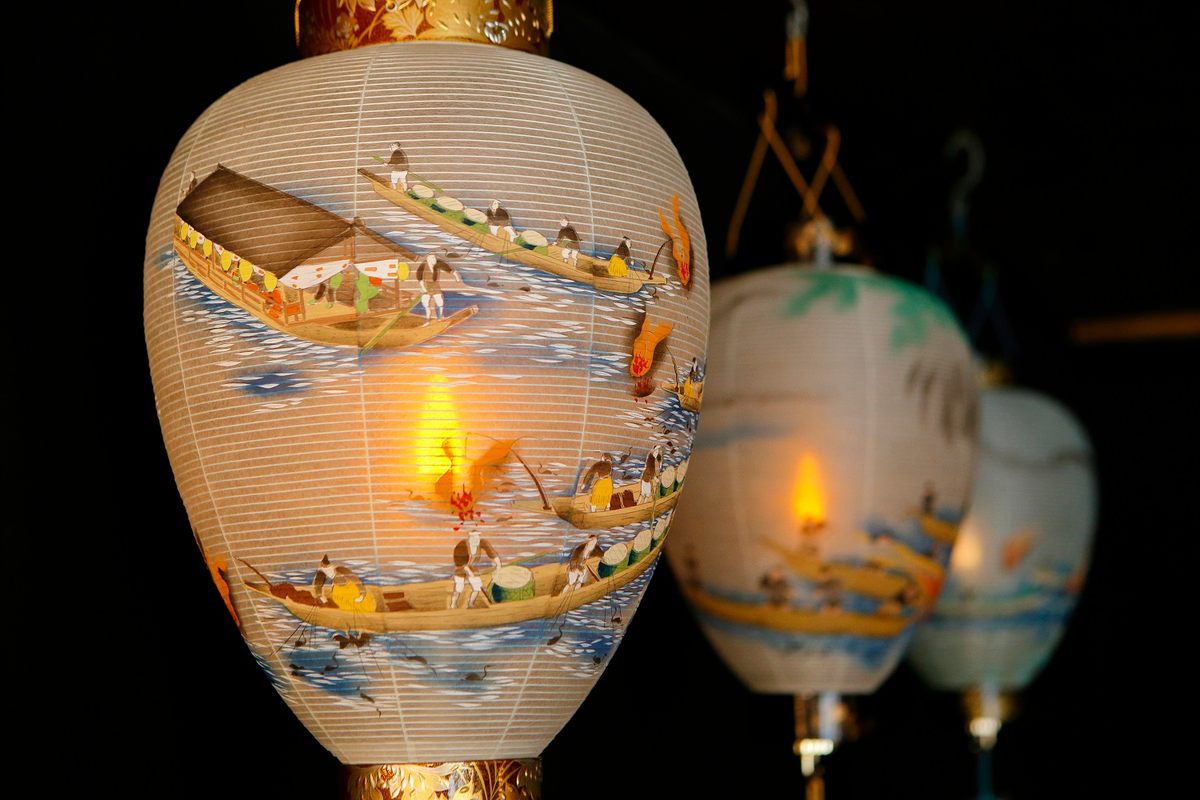
“I just sent about 300 fish to the imperial household last night,” usho Shuji Sugiyama tells me through a translator. “A good catch.”
As one of only nine imperially licensed usho left in Japan, however, Sugiyama finds his hereditary role endangered. “I’ve inherited a very old tradition,” he says. “The one thing I want to do is enable it to continue into my future, and prepare my son to maintain it into his, as well.”
Sugiyama spoke to me from his home on the banks of Gifu City’s Nagara River. “I’m the fifth generation usho to live in this house, but the Sugiyama clan goes back much further,” he says. He believes he’s the 40th generation of cormorant fishermen in his family. During our Zoom call, I can hear his team of cormorants frolicking in their caged pool, alternating between play and recumbency. “It’s their time to relax,” he says.
The master fisherman learned early on what was expected of him. “When I was my son’s age, everyone knew I was born into a cormorant-fishing household, so I was constantly told, ‘You’re going to become an usho, right?,’’’ he says. “And because there were always birds at the house, I was prepared to become an usho. I grew into it.” Since his father retired 18 years ago, Sugiyama has lived and cared for his team of 18 cormorants 365 days a year, and until his son is of age, he will continue to do so.

While usho of yesteryear made their living simply selling their catch, modern fishing practices have rendered bird-assisted methods charming, but commercially uncompetitive. Though Sugiyama is still on the imperial payroll and sends fish to local hotels and restaurants (ayu with the distinct cormorant-beak mark fetch a considerably higher price), the majority of a modern usho’s salary comes from tourism. For decades, the fishermen have carried out their ancestral work for a flotilla of onlookers, a nightly event all summer long that has, over the years, accumulated sideshows such as a floating stage for dancers and a boat selling dinner boxes with grilled ayu.
On summer days, Sugiyama begins his duties by assessing his cormorants around 3 p.m. He procures them from the only company licensed by the Japanese government to capture cormorants from the wild. He says they’re usually caught when they’re a year old, and after a three-year training period, the birds can fish well for up to 20 years. He selects nine birds he feels best prepared to fish that night (“I have my instincts,” he says), plus one who is in training. “By watching the other birds fish, they learn it themselves.”

Next, he dresses in the traditional outfit of the usho. A long-sleeve, navy-blue mantle protects his arms from burning embers; a hand-made hay apron allows him mobility while keeping him dry; and straw sandals made from reeds keep him from slipping on the wet, wooden boat later in the night.
He then carries his birds in bamboo baskets down to the Nagara River, at the foot of Mt. Kinka, atop which the historic Gifu Castle sits. He loads the birds into a 15-foot-long wooden boat, and together with the five other usho of Gifu City, motors upstream to the starting point and prepares his birds to fish. In doing so, Sugiyama must fit a collar around the base of their necks that is wide enough to allow smaller fish through the ring but tight enough to trap larger fish in the birds’ gullet. Once the snares are set and the fire dangling from their bow is lit, a short series of fireworks indicate the start of the ceremony.
With literal birds for co-workers, Sugiyama admits the language barrier can be trying. “Things don’t always go as planned,” he says. “It would be so much more simple if we spoke the same language, but the only thing I can do is trust them.” Ultimately, he finds solace in the success of the hunt. “I feel a sense of pride living with the birds every day and watching them catch a lot of fish when we go out.”

In a line, the six boats turn their engines off and float downstream with the current, which takes them past the observation fleet. Illuminated by the bow-hanging fires, the birds swim docilely alongside the boat like so many glistening periscopes, taking turns diving to the riverbed. “During the day, the ayu move quickly,” says Sugiyama, “but at night they’re slower, so it’s easier to catch them.” When the birds resurface with a distinct bulge in their necks, Sugiyama knows to pull them back to the deck and massage the trapped fish from their gullet. Smaller fish are the bird’s keep. Or, as Sugiyama puts it, “They’re eating while they’re working.”
While significant opposition has yet to be mounted, concerns over animal cruelty in ukai have been raised over the years, starting no sooner than the time of the samurai. “Delightful, and yet/Presently, how saddening/The cormorant boats,” wrote 17th-century poet Matsuo Basho in a haiku after witnessing ukai for the first time. “The birds seem distressed by how they were being handled,” an animal ethicist told National Geographic after watching a video of the practice. Indeed, leashes and snares are hardly an organic occurrence for any animal.
Of course, Sugiyama sees it differently. “They are essentially members of my family. I am constantly checking on their health and making sure they’re rested and well-fed.” He says that while most Japanese cormorants live to be about 10 years old, his cormorants have survived up to 30 years. “I don’t see myself as their master; I am part of their team.” Such a bond develops between man and bird over the course of so many years of cohabitation that, according to Sugiyama, it would be outright impossible for him to fish with another usho’s birds, and vice versa.
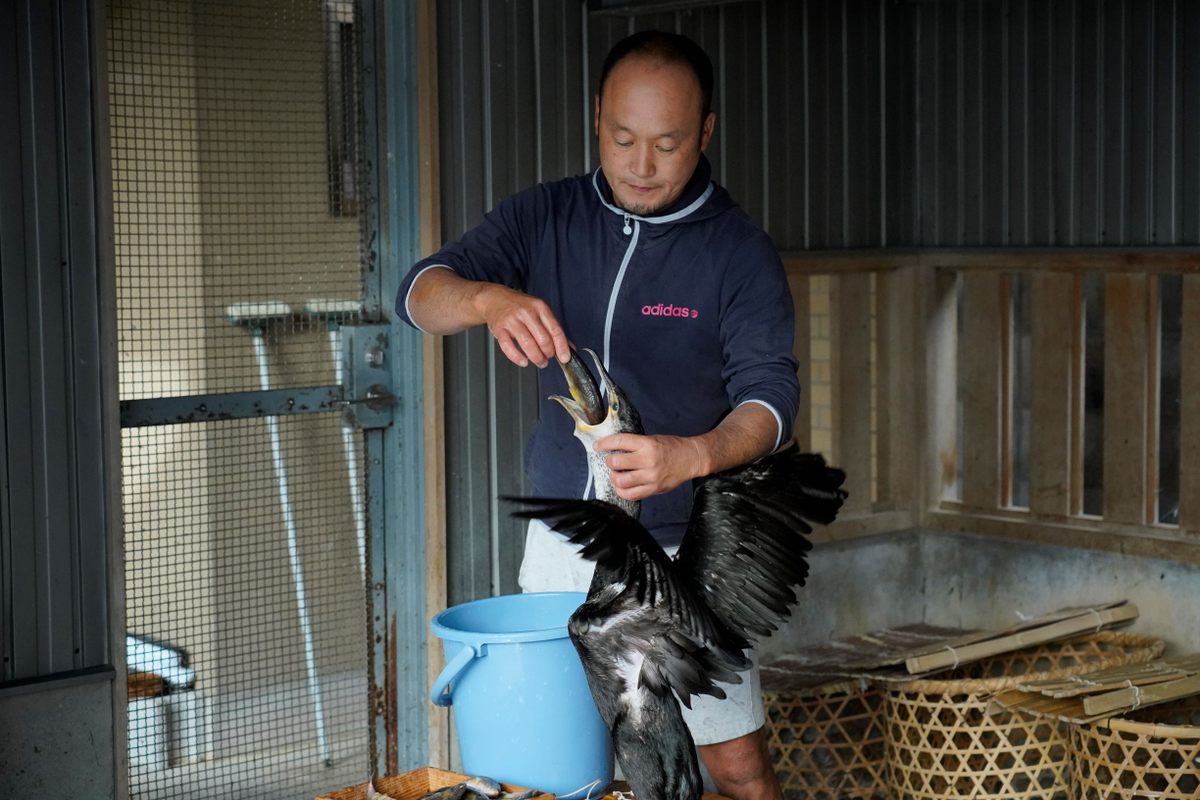
While it doesn’t address the specifics of the fishing process, a look at the broader laws and customs surrounding the birds is telling. According to Torimoto Kohei, who works with the Gifu City Cultural History Department, when the birds do succumb to old age, they are ceremonially cremated. Then at the closing of each season, all of Gifu’s usho hold ukuyo, a vigil presided over by Buddhist priests to honor all the cormorants who passed away that year. “We want to send the birds into a peaceful afterlife,” says Sugiyama. According to Kohei, if a cormorant dies of unnatural causes, on the other hand, there is no cremation: The city launches a full-scale investigation on their behalf. “Either way, it is very hard when they pass away,” says Sugiyama.
Sugiyama works throughout the evening to alternately keep the fire burning, supervise the cormorants, and occasionally rap the side of the boat with a wooden stick. “It startles the fish so it’s easier for the cormorants to catch them,” he says, though he does expose his inner showman, adding, “It also livens up the atmosphere, makes things more exciting.” The usho circle upstream and back down like this for an hour and a half until the birds have had their fill and they turn in for the evening.
For now, the tradition’s greatest enemy is time. Of the 100 or so places where ukai survived across Japan, only a handful remain. “We have a lot of help from the city, but other places haven’t been so lucky,” says Sugiyama. Gifu City aids its usho in the maintenance of their handcrafted tools, boats, and equipment, while in other cities the practice has been left to wither on the vine.
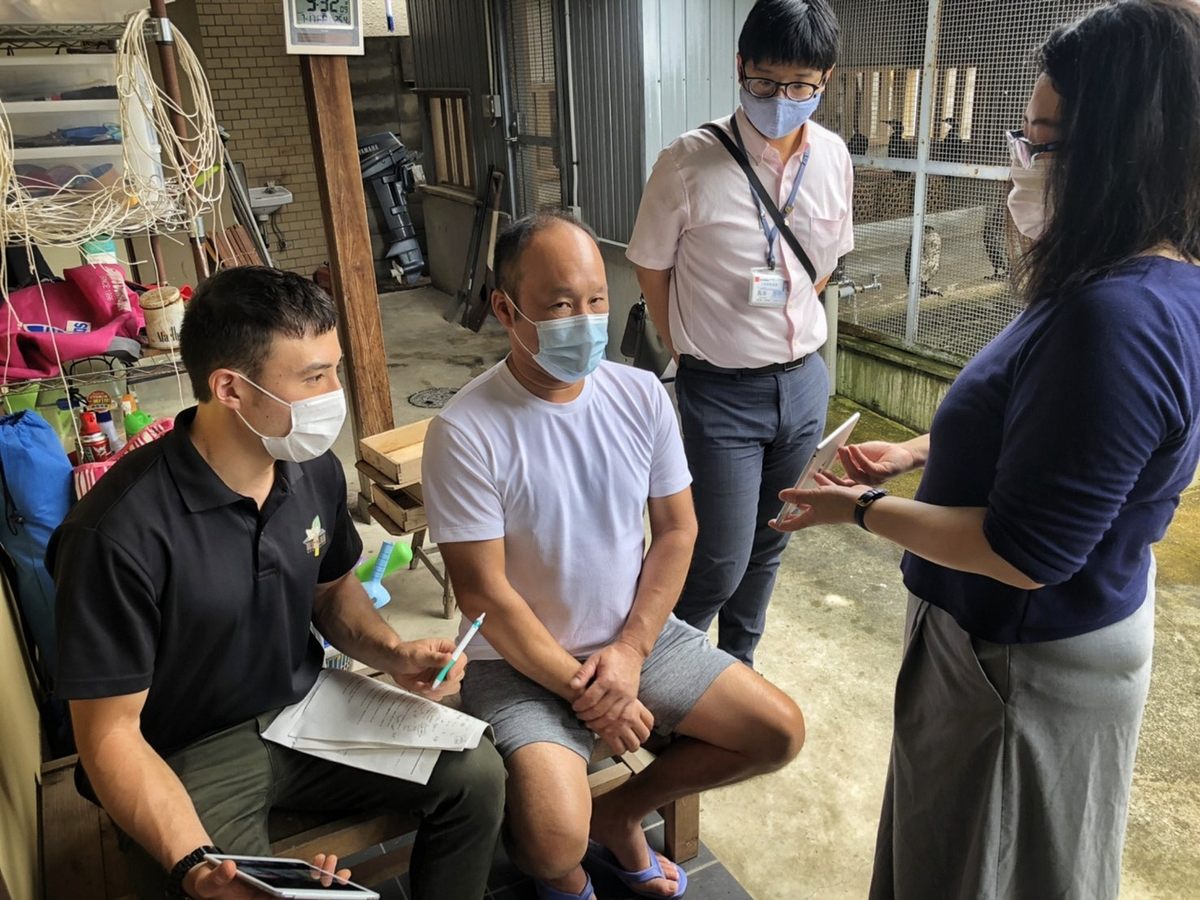
Gifu City now hangs its hopes on a campaign to earn ukai broader recognition and funding. The technique has been recognized as a cultural property by the Japanese government, but the great aspiration is to secure a spot on UNESCO’s list of Intangible Cultural Heritage, along with the grant money therein. “In order for it to continue on to future generations, we’re trying to get it more recognized by international entities, not just at the national level,” says Kohei. The care with which the city is now handling ukai’s publicity was evident in the half-dozen bureaucrats sitting in on my conversation with Sugiyama.
At 48, Sugiyama is the youngest of Gifu’s usho, and he likely has as much fishing ahead of him as he has behind him. As for his son, he hasn’t asked him what he would like for his own future, though he suspects he’s interested in his work. “I haven’t confirmed with him myself,” he says, “but being born in this house, he must have some idea of what that means.”
Gastro Obscura covers the world’s most wondrous food and drink.
Sign up for our email, delivered twice a week.



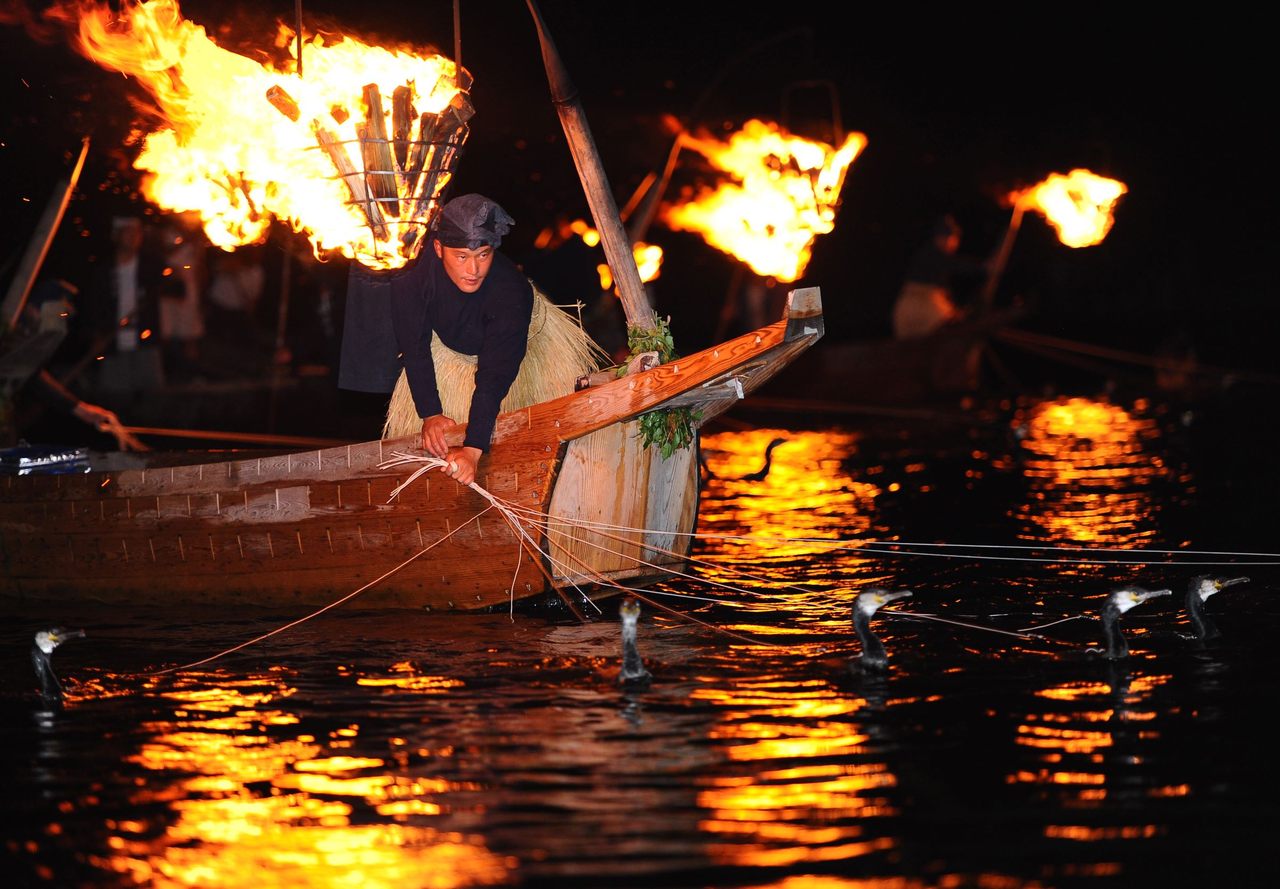

































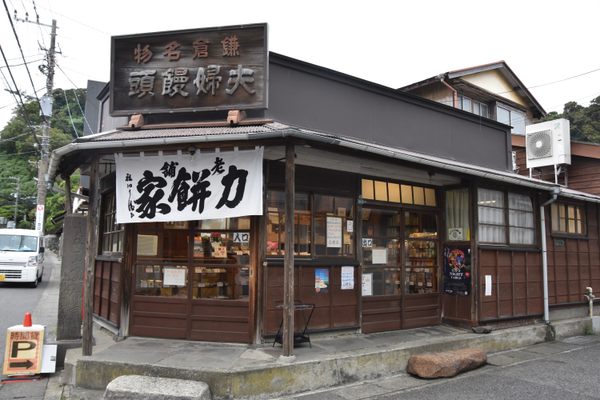
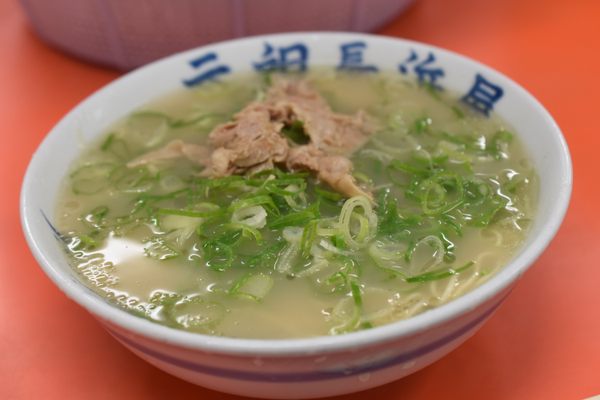
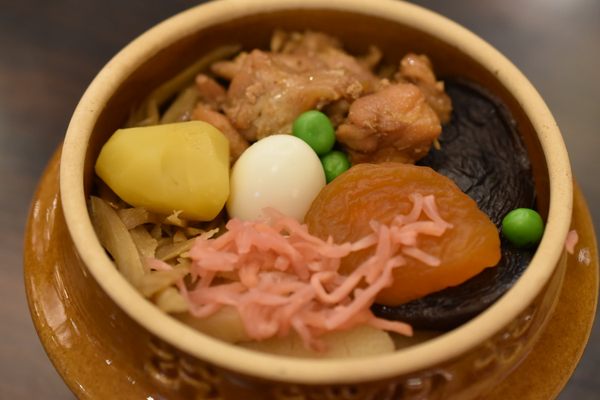
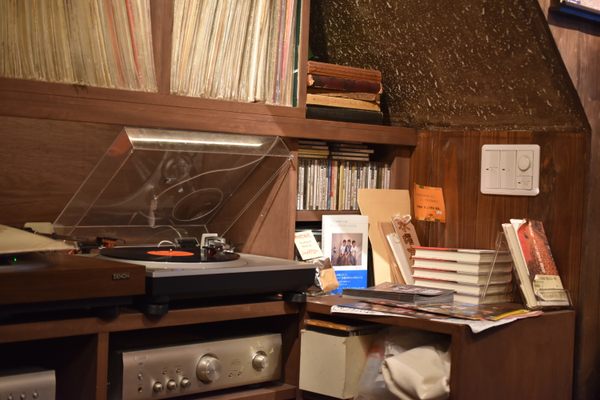
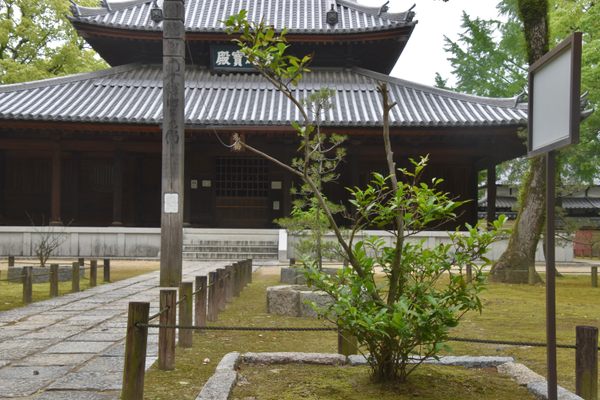




Follow us on Twitter to get the latest on the world's hidden wonders.
Like us on Facebook to get the latest on the world's hidden wonders.
Follow us on Twitter Like us on Facebook